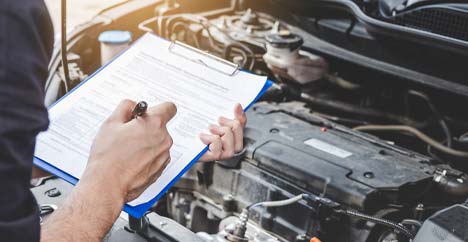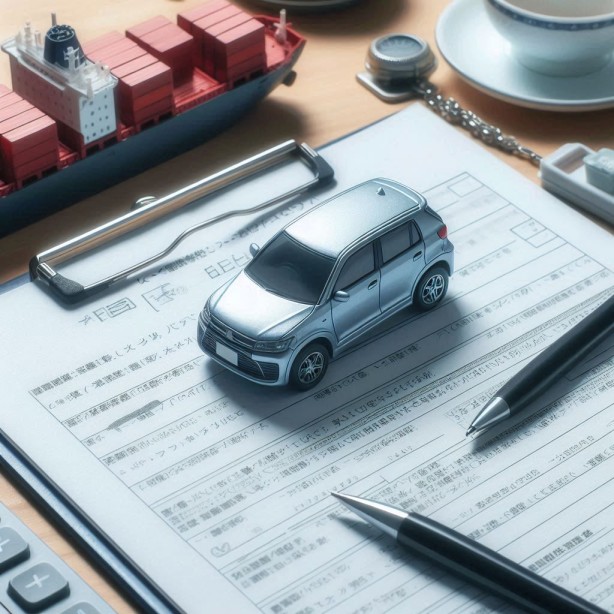Navigating Import Regulations and Customs Clearance: A Guide to Smooth Sailing
Importing a car can be an exciting endeavor, opening doors to unique models and potentially significant savings. However, navigating the complex web of import regulations and customs procedures can feel like trying to solve a maritime puzzle. Fear not, aspiring importers! This guide will equip you with the knowledge to steer clear of potential pitfalls and ensure a smooth and successful import experience.
Understanding the Regulatory Landscape:
Before even considering a specific vehicle, it’s crucial to familiarize yourself with the import regulations of your destination country. These regulations can vary significantly, covering aspects such as:
Emissions Standards: Environmental regulations are paramount. Your vehicle must comply with the emission standards of the importing country. This often involves rigorous inspections and potential modifications to meet local requirements..
Age and Condition: Many countries have restrictions on the age and condition of imported vehicles. Some may prohibit the import of vehicles older than a certain age or those with significant mileage or damage.
Safety Standards: Safety features like airbags, anti-lock brakes (ABS), and seatbelt systems are subject to scrutiny. Your vehicle must meet the safety standards of the destination country to be legally registered.
Documentation: A comprehensive set of documents is essential for customs clearance. This typically includes:
Import License (if required): Some countries may require an import license for specific types of vehicles.
Bill of Lading: A document issued by the carrier detailing the shipment of goods.
Certificate of Origin: A document certifying the country of origin of the vehicle.
Commercial Invoice: An invoice detailing the value and description of the vehicle.


The Customs Clearance Process:
Customs clearance involves presenting your vehicle and the necessary documentation to customs authorities. This process can be time-consuming and may involve inspections, duties, and taxes.
Inspections: Customs officials may conduct inspections to verify the vehicle’s condition, identify any hidden modifications, and ensure compliance with safety and environmental regulations..
Duties and Taxes: Be prepared to pay import duties and taxes based on the vehicle’s value and type. These costs can vary significantly depending on the country and the specific vehicle.
Potential Delays: Delays can occur due to various factors, including missing or incorrect documentation, issues with vehicle compliance, and unforeseen circumstances.
I
By understanding the regulatory landscape, preparing the necessary documentation, and working with experienced professionals, you can navigate the import process with confidence and ensure a smooth arrival of your vehicle.
I hope this comprehensive blog post provides valuable insights into selecting the right supplier for your car importing business!
Ready to take the next step? Contact us today to learn more about how we can assist you in finding the ideal suppliers for your car importing business.

